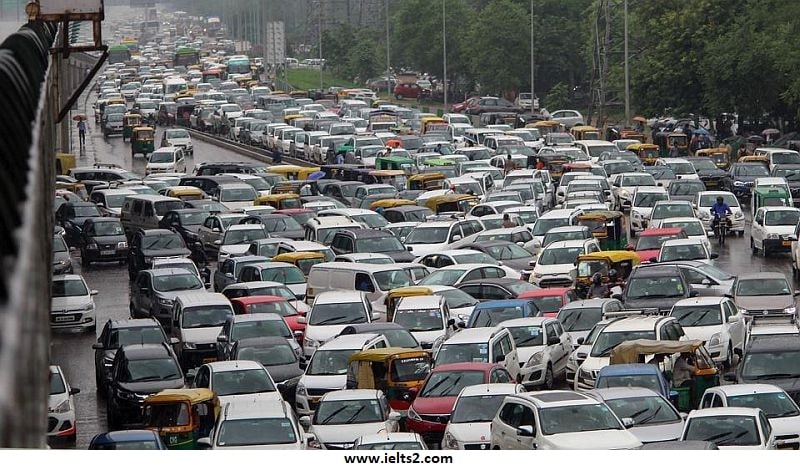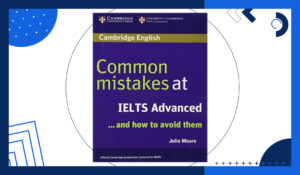IELTS Band 9 Essay About too many cars on the roads and they are spoiling our towns
Here we take a look at a band 9 ielts writing task 2 sample about “too many cars on the roads and they are spoiling our towns”. This sample then will be further analyzed for its vocabulary, grammar and format, so we see how it has qualified for such band score. We also suggest over 100 band 9 IELTS sample released in 2024.
Short Explanation about too many cars on the roads and they are spoiling our towns
The rapid increase in the number of cars on the roads is a growing concern in many towns and cities worldwide. Congestion, pollution, and reduced urban aesthetics are some of the major challenges caused by this phenomenon. Excessive reliance on private vehicles has led to degraded air quality, noise pollution, and an overburdened infrastructure. Additionally, cities are losing green spaces to accommodate road expansions. Addressing this issue requires integrated solutions, including improving public transportation, encouraging the use of eco-friendly vehicles, and promoting urban planning strategies that prioritize pedestrians and cyclists. A shift toward sustainable transportation can significantly enhance urban life.
Band 9 Sample Answer
Some people think that there are now too many cars on the roads and that they are spoiling our towns and cities? Do you agree or disagree?
The proliferation of cars on urban roads has undeniably transformed modern cities, but it has also introduced a host of challenges. I agree that the excessive presence of vehicles has negatively impacted towns and cities, compromising both environmental quality and urban livability.
Firstly, the environmental repercussions of car usage are profound. Private vehicles are significant contributors to air pollution, emitting hazardous particulates and greenhouse gases that exacerbate climate change. Moreover, the noise pollution generated by incessant traffic disrupts urban tranquility, affecting residents’ mental and physical well-being. For instance, cities like New Delhi and Los Angeles frequently report alarming levels of smog and noise due to vehicular emissions. This degradation of urban environments highlights the urgent need to regulate car usage.
Secondly, the overabundance of cars has fundamentally altered the aesthetic fabric of cities. Roads have become congested and unsightly, with vehicles occupying substantial public spaces that could otherwise be used for green areas or recreational zones. Urban sprawl, driven by car-dependent development, further isolates communities and diminishes the sense of cohesion within cities. For example, European cities like Amsterdam and Copenhagen, which prioritize bicycles and pedestrian spaces, exemplify how reducing car dependency can improve urban aesthetics and social connectivity.
To address these issues, governments must adopt multifaceted approaches. Investing in efficient and affordable public transportation is paramount to discouraging private car usage. For example, Japan’s bullet trains and extensive metro networks offer convenient alternatives, reducing reliance on personal vehicles. Additionally, policies such as congestion charges or car-free zones can further limit traffic in densely populated areas. Promoting electric and hybrid vehicles through subsidies and tax incentives can also mitigate the environmental impact of cars. Lastly, urban planners should design cities that prioritize walkability and cycling, ensuring that infrastructure supports sustainable living.
In conclusion, the excessive use of cars has undeniably diminished the quality of urban life, with significant environmental and aesthetic consequences. However, by implementing integrated solutions such as improved public transit, sustainable city planning, and incentives for eco-friendly transportation, it is possible to alleviate these issues. A shift away from car dependency not only enhances urban livability but also fosters a cleaner and more sustainable future.

Academic Words in the sample too many cars on the roads and they are spoiling our towns(5 Examples)
- Proliferation
- /prəˌlɪfəˈreɪʃn/
- Sentence: The proliferation of fast-food outlets has contributed to rising obesity rates.
- Hazardous
- /ˈhæzədəs/
- Sentence: The factory emitted hazardous chemicals into the nearby river, endangering aquatic life.
- Aesthetic
- /esˈθetɪk/
- Sentence: The aesthetic appeal of historic buildings often attracts tourists.
- Multifaceted
- /ˌmʌltiˈfæsɪtɪd/
- Sentence: Climate change is a multifaceted problem requiring global cooperation.
- Diminish
- /dɪˈmɪnɪʃ/
- Sentence: Poor working conditions can diminish employees’ productivity and morale.
Advanced Grammar Structures (5 Examples)
- Complex Sentences with Subordinate Clauses
- Example: “Although cars have improved mobility, their overuse has led to significant environmental degradation.”
- Impact: Shows the ability to balance contrasting ideas in a sophisticated manner.
- Passive Voice
- Example: “Substantial public spaces that could otherwise be used for green areas or recreational zones are occupied by vehicles.”
- Impact: Emphasizes the negative impact of cars, maintaining a formal tone.
- Conditional Sentences
- Example: “If governments invest in efficient public transportation, they can significantly reduce car dependency.”
- Impact: Demonstrates the ability to present hypothetical solutions clearly.
- Relative Clauses
- Example: “Urban planners should design cities that prioritize walkability and cycling.”
- Impact: Adds detail and specificity to the argument, enhancing coherence.
- Nominalization
- Example: “The degradation of urban environments highlights the urgent need to regulate car usage.”
- Impact: Enhances the academic tone by focusing on abstract concepts.
Writing Format and Band 9 Features
- Clear Structure: The essay is divided into an introduction, two main body paragraphs, and a conclusion, each addressing specific aspects of the task.
- Balanced Analysis: Both the problems caused by cars and potential solutions are discussed comprehensively.
- Sophisticated Vocabulary: Academic words are used naturally and effectively throughout the essay.
- Logical Cohesion: Each idea flows logically, aided by appropriate linking phrases and cohesive devices.
- Task Achievement: The essay directly answers the question with detailed explanations and relevant examples.
By integrating high-level vocabulary, advanced grammar, and a structured argument, this essay achieves Band 9 in all scoring criteria.
Free IELTS Sample Essays with Answers PDF
Here you can download over a 1000 sample essays in pdf written by ex ielts examiners: PDF 1 / PDF 2 / PDF 3 / PDF 4 / PDF 5
Last But Not Least!
we suggest a useful IELTS website in English for more valuable IELTS sample essays on a range of topics. Our final suggestion is our writing free correction Telegram channel where you can send your own sample for evaluation and correction by an experience IELTS tutor with over a decade of practical experience in this matter.






